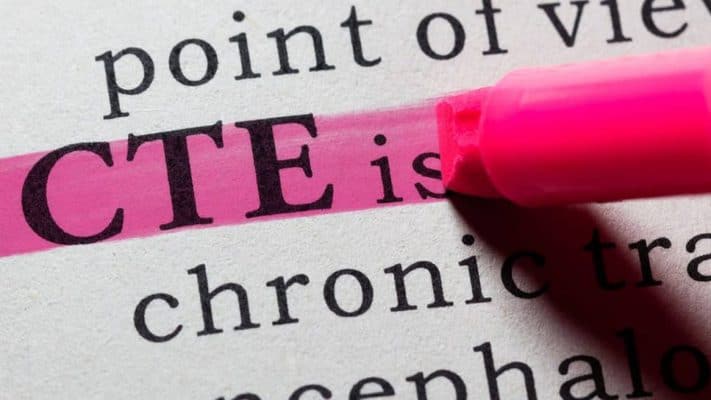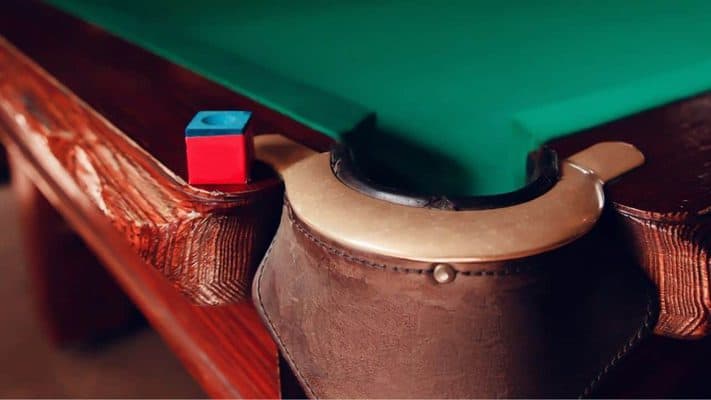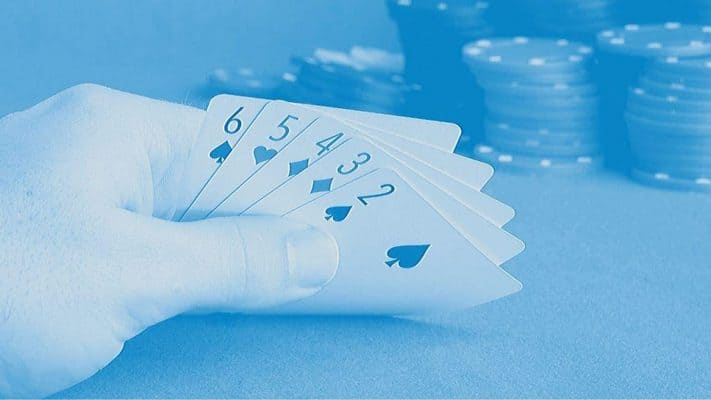In order for me to discuss the Center to edge or CTE aiming method I would like you to bear the following in mind:
Center to edge aiming is one of the most contentious aiming systems spoken about in chat rooms and forums. On the one hand it seems that people either love or they hate center to edge and go to great lengths to argue their point.
My view is that if any aiming system works for you then use it. If not then use another of the many methods.
So with that being said let’s take a look at CTE.
Center to Edge Aiming and Stan Shuffett.
The renowned coach and player Stan Shuffett developed center to edge aiming over a number years . Stan originally got the idea from Hal Houle who developed a number of aiming systems over the course of his lifetime.
Hal called it his three angle document.
Stan has worked on the center to edge system over the past 10 years and refined it into a method called “Pro One.” Stan has rigorously tested his method on a the practice table and in competition.
Stan’s Fargo rating is currently around 725, so he is a solid force to be reckoned with on any table.
Table Geometry.
Pro one is based around the geometry of a regulation pool table and its relationship to the angles 15, 30 and 45 degrees. Those three angles are not the same as those used in the quarters system ie. 1/4 ball, 1/2 ball and 3/4 ball. These angles coincide with the angles of a pool table
The Cue Ball in CTE.
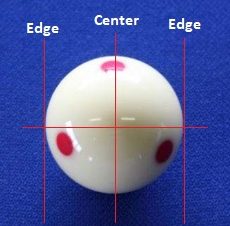
The cue ball has a vertical center line running between 12 and 6 o’clock. The cue ball also has and two extreme edges at 3 and 9 o’clock. Although there are no actual edges on a sphere these edges are a visual perception. Semantics are not relevant to this system. The Edge used for this system is the edge you will perceive with your eyes.
The Object Ball in Center to Edge Aiming.
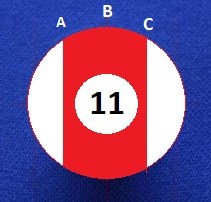
The object ball divides into four quarters and each quarter will measure 9/16″. You will find the old Centennial Balls are marked at the quarters making practice much easier. The quarters represent 15, 30 and 45 degree perceptions. The quarters are named A,B and C for cuts to the left and C,B and A for cuts to the right.
Use a marker pen if you don’t have a ball with the correct markings.
Perceptions in CTE Aiming.
Center to edge aiming uses two perceptions simultaneously.
- Center to edge perception
- Edge to one of the marked quarters on the object ball.
So each shot will use a CTE perception in addition to one edge to A,B or C perception.
The player may describe the shot as being:
- CTE+Edge to A (15 degree perception)
- or CTE+Edge to B (30 degree perception)
- or CTE+Edge to C (45 degree perception)
CTE Pivots.
Each shot is combined with a left or a right half tip pivot.
This is best explained by Stan in the CTE video below:
With a cut shot to the left….
- A left or inside pivot will thin the shot.
- A right or outside pivot will thicken the shot
With a cut shot to the right….
- A left or outside pivot will thicken the shot.
- A right or inside pivot will thin the shot.
Center To Edge Aiming So Far.
So each shot will be a center to edge perception, plus an edge to A, edge to B or edge to C perception, coupled with an inside or outside 1/2 tip pivot.
Center to Edge Aiming is a Visual System.
Stan says that “The eyes lead and the body follows.”
The eyes will not be looking down the center to edge line or the edge to A line for example.
The eyes will be in the only place where both perceptions can be viewed at the same time. So you will stand in a position where both perceptions are visible simultaneously. At this point in your aiming process the cue ball is said to be a “fixed cue ball” with 2 edges and a center.
If you were to shoot the shot here you would miss!
You are still a 1/2 tip pivot off of the shot line.
The Manual Pivot.
Depending on whether you need to thin or thicken the shot….
….place your bridge and cue half a tip to the side of the center line, of the fixed cue ball, then turn to center.
- Use the perceptions to give you a fixed cue ball.
- Then use the center of the fixed cue ball to align the half tip pivot.
- Then finally turn the tip to center.
You are now on the shot line.
Yes, CTE is a pivoting system, but the pivot is very, very misunderstood.
I can shoot 1,000 shots using CTE in slo-mo and never exhibit even one hint of anything that resembles a pivoting of my cue. Some of the CTE critics are delusional if they think that CTE practitioners can be tagged or not tagged as such by what can be observed about how one uses their cue during alignment. A cue is nothing more than an extension of one’s hand that is used for aligning to what the eyes see.
CTE is a visual task that occurs independently of the cueing instrument. Stan Shuffett.
Simplify the Perceptions.
When playing pool it is best practice to simplify any instructions given to the brain, instructions are best given in a visual form or by visualization. If you do need to verbalize an instruction, keep it simple!
So when you are looking at the shot before getting into your stance try not to be too verbal.
Don’t say….Ok so this is a 15 degree shot with an inside pivot, there is my center to edge perception, there is my edge to A and there is my fixed cue ball….
Try this:
Instead of saying ….”15 degree, outside pivot, center to edge+edge to A”
Say….“This is a 1”
Instead of saying ….”15 degree, inside pivot, center to edge+edge to A”
Say….“This is a 2”
Instead of saying ….”30 degree, inside pivot, center to edge+edge to B”
Say….“This is a 3”
Instead of saying ….”45 degree, outside pivot, center to edge+edge to C” (see note 3)
Say….“This is a 4”
Instead of saying ….”45 degree, inside pivot, center to edge+edge to C” (see note 3)
Say….“This is a 5”
etc.
Conclusions.
This aiming system is a 1000 times harder to explain in words than it is to use.
It takes me a split second to acquire the correct perceptions. I then approach the ball and turn to center. The whole process has now been incorporated into my pre shot routineA Solid Pre-Shot Routine Is A Must for Reliable Consistent Pool..
Please check out the links to the YouTube videos which have been included in the relevant sections.
Notes.
(1) Straight in shots use 15 degree perception and an outside pivot.
(2) Inside 15 degree and outside 30 degree perceptions are interchangeable and therefor a personal preference.
(3) A 45 degree shot has no center to edge perception.
(4) 60 degree shots are also used …edge to 1/8.
